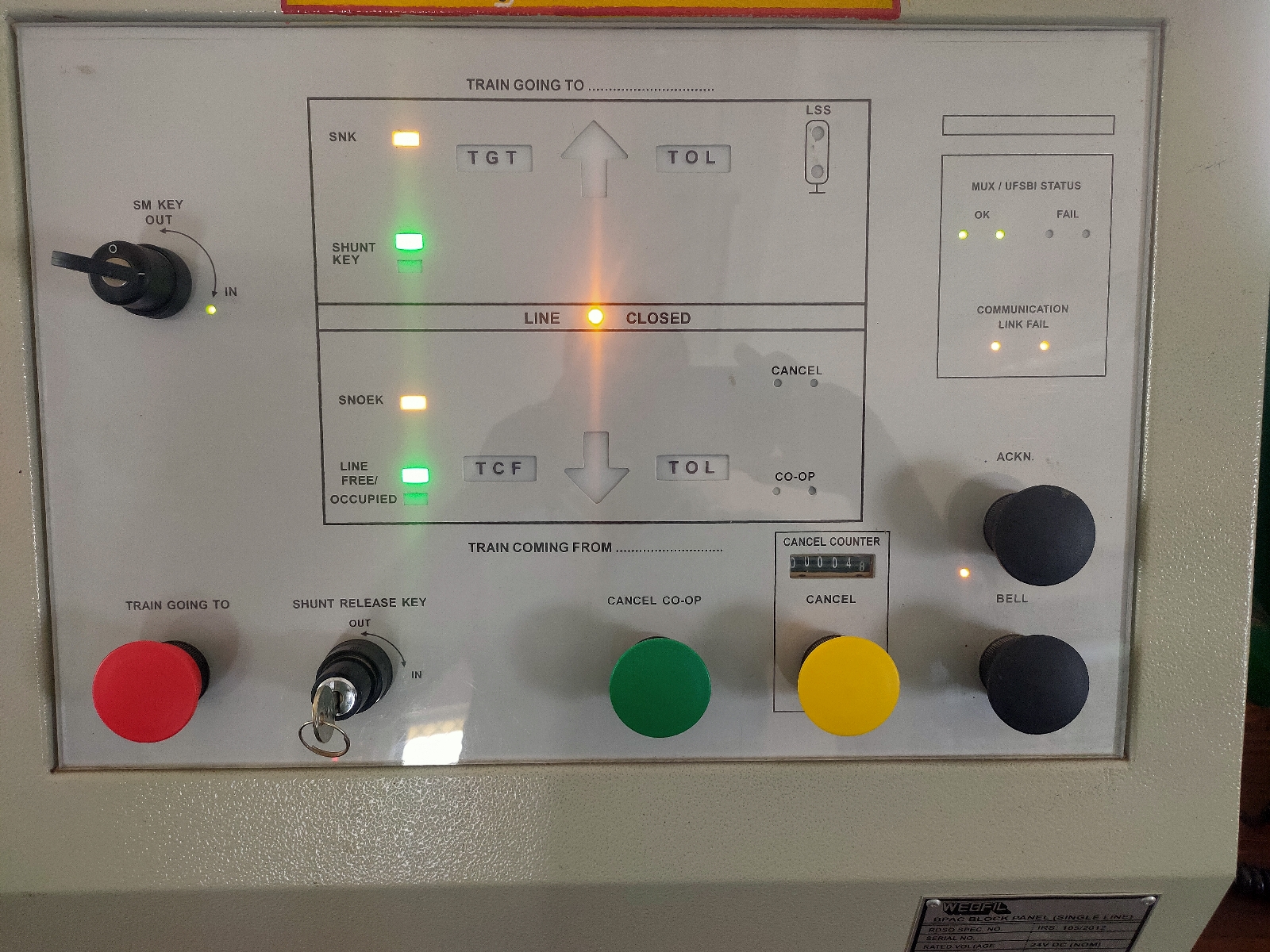What is a data logger? efftronics data logger in railway signalling
A data logger is a electronic storage device which gives information. Here data means information and logger means electronic storage device.

It is just like a black box in railway signalling.
A data logger logs the information about the relays, which are connected to the data logger or remote terminal unit. Various analog supplies can also be connected to the data logger for monitoring the voltages.

Image of a data logger unit
The logged information by the data logger will be processed with the help of software in order to to empowered the monitoring system. the logged data are stored in the hard disk. this information can be viewed in the text format or Graphical format.This information is helpful to the user for knowing the working functionality of the signalling system and also analyzes the faults using different kinds of reports.
The main usage of data logger in railway is for preventive maintenance of various railway equipments and detecting the causes of faults.
The data logger in various stations can be interconnected to the network through telephone lines for microwave or Ofc, and data will bought to the the centralised monitoring unit (CMU ) system, front end processor (FPE ), from the FPE, CMU will collect the data. Remote terminal unit ( RTU) connected using current loop communication. Single data logger can be connected to the CMU through 232 communication port.
Facilities available at the CMU
1-Logged data information
2-Preventing maintenance of railway equipments
3-Analog voltage information
4-System configuration
5-Othet utilities
All above facilities are covered in the following modules
1-Network management of data logger (NMDL)
2-Fault entry
3-Reports
4-Track off simulation .
Data logger is a microprocessor based electronic device used to store signal related information pertaining to PI, RRI, EI station auto section or IBH according to chronological order of occurrence.
Data logger gives two types of data digital and analog.
It is besd on fifologic means first in first out.
Data scanning internal digital data after every 16 Mili second and analog data after every second.
213 analog input cards makes analog scanner unit .
Card may have connected with maximum 8 number analogue inputs.
Digital input every digital input card may have maximum connected with 64 number digital input.
Potential free contacts C1 C2 , D1 D2 D2 CB contacts.
Note- 10 lakh information packets 1 packet having 12 byte 8 bit is equal to 1byte .
10 millisecond is digital information time and 1 second is analogue information time .
There are two types of simulation online simulation and offline simulation.
Technical data
24 volt oblique 12 volt power supply external 24 volt and internal 12 volt.
Total storage capacity is 10 lakh these are data bit or event.
It has inbuilt temperature sensor. Real time clock with internal battery backup with data han retention up to 10 year. Maximum digital information input 4096. Maximum analogue input is equal to 96 digital input scanning time is 16 second and analog input scanning time is less than 1 second.
SENSOR photoelectric resistance -10 degree centigrade to 70 degree centigrade temperature sensor.
It has motorola 68000 m chip . And it has seven segment clock. And battery arrangements for charging .
In digital card there there are 512 inputs .
Digital input cards is equal to 8 and analog cards is equal to four therefore there are total 12 cards.
Data logger units consist of 9 cards slot including CPU card. It also consist dsu unit means digital scanner unit analog input channel PCB data matrix pointer battery charger and VRLA.
Image of VRLA cells
All details about CMU and data logger system are explained in efftronics CMU user manual also which is provided by efftronics.
Follow or subscribe me for more knowledge
Thanks







Comments
Post a Comment